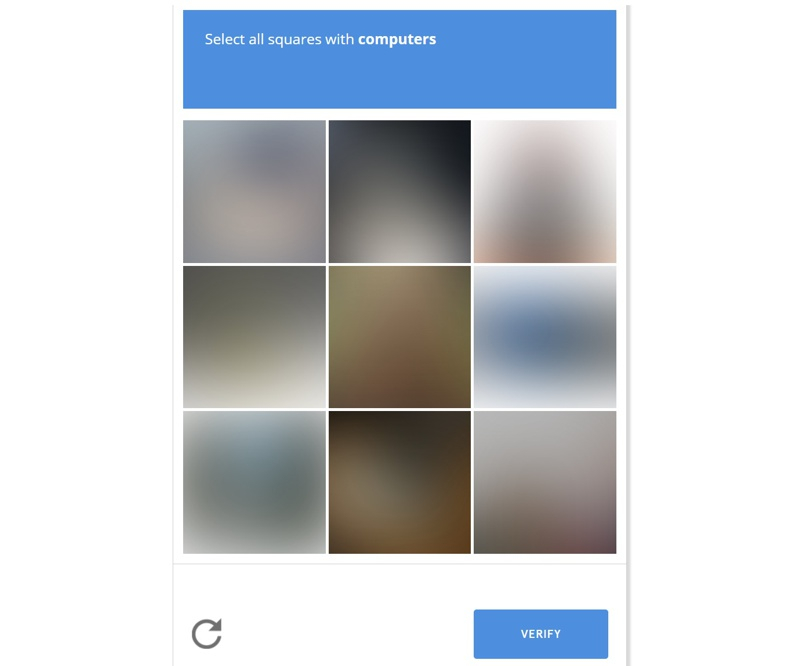Researchers Andreas Plesner, Tobias Vontobel, Roger Wattenhofer from ETH Zurich used AI to crack the reCAPTCHAv2 verification system, which is used on websites to confirm that the user is a human and not robot. Scientists claim that the neural network they trained is able to pass 100% of checks, whereas previously this percentage did not exceed 71%.

Image source: Pixabay
Researchers studied the effectiveness of using advanced machine learning techniques to solve captchas from Google’s reCAPTCHAv2 system. They tried to evaluate the effectiveness of automated systems in solving captchas using advanced YOLO (You Only Look Once) models for image segmentation and classification.
ReCAPTCHAv2 requires users to mark areas on the image with certain objects, implying that the bot is not capable of this. The researchers came to the conclusion that at the current stage of AI development, the difference in the complexity of such tasks for a person or a neural network is leveled out. This means that modern AI technologies can easily pass inspections based on image recognition.

Image source: humansnotinvited.com
«”We also look under the hood of reCAPTCHAv2 and find evidence that reCAPTCHAv2 relies heavily on cookie data and browser history when assessing whether a user is human or not,” the researchers added.